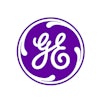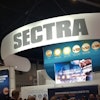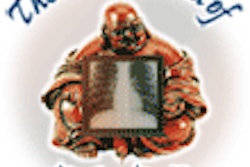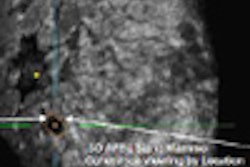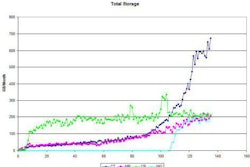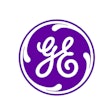What's the key to getting your PACS to work efficiently in today's ever-increasing advanced visualization environment? Inevitably it requires a team effort, according to Dr. Paul J. Chang of the University of Chicago Pritzker School of Medicine in Illinois.
"There has been a failure in informatics to provide the right (PACS) tools, especially when it comes to advanced visualization and eliminating paper," Chang said during a presentation at Stanford University's 2007 International Symposium on Multidetector-Row CT in San Francisco.
"The problem isn't storage, which is actually getting cheaper; it's the network -- that is, how to send the images into the PACS and integrate advanced visualization with the PACS. Successful implementations hinge on close cooperation between radiology, cardiology, and IT," he said.
While PACS has become ubiquitous and economically viable, and the infrastructure has improved to the point needed for successful enterprise-wide image distribution, several challenges remain, he added. In particular, image size and complexity continue to grow exponentially, and more clinicians are looking to the advantages of advanced visualization functionality. This places increasing pressure on the PACS and HIS/RIS networks to serve the growing user population.
Chang discussed several approaches that address these issues, most of which begin with an archival model and build from there. These include the selective archival model, which is easy to implement but does not allow the use of interactive advanced visualization on prior or recent studies; the selective archival model with temporary cache, which permanently stores "thick slices" (least demanding on PACS storage requirements) and allows automated generation and transmission of thin slices, as well as interactive advanced visualization on current and recent prior studies; and the complete dataset archival model with integrated workstation.
In this last model, permanently storing thin slices allows advanced visualization on all current and prior studies, automated generation and transmission of thin slices, and the integration of advanced visualization tools into the PACS workstations that is less disruptive to normal workflow.
Ultimately, however, Chang believes the most effective model for merging PACS and MDCT is the complete dataset archival model with server-thin client communication. While this approach does increase the requirements for permanent storage in the PACS archive, it also offers the same advantages as the other techniques -- such as the ability to permanently store thin slices -- with the added ability to reduce hardware and network requirements for PACS workstations, and allows for full-featured advanced visualization tools for Web viewers.
"Transitioning to a true server-client model helps PACS better integrate with the entire workflow," he said. "You have the 3D processing engine right next to the PACS, and you can send only just-in-time bits of each image, not the whole huge dataset."
In a related talk at the MDCT symposium, Elliot Fishman, professor of radiology and oncology at Johns Hopkins Hospital in Baltimore, discussed the impact of client-server models on enterprise-wide operations. According to Fishman, the debate over whether -- if ever -- a radiology department should migrate to a client-server network is far from over. Radiologists in facilities both large and small are facing increasing challenges in how to best exploit the vast amount of clinical information provided by MDCT images.
"3D postprocessing has become a critical clinical service -- not an add-on but a primary service," Fishman said. "As radiologists, our survival relies on 3D imaging and postprocessing being done properly and interactively."
Still, if everyone in the enterprise is to have access to 3D imaging, then they all need the same functionality available on each workstation, he said. This requires an adequate Web-based thin-client IT infrastructure that enables every authorized user to access these images "on demand," regardless of where they are. While this approach can improve patient care and management, many clinics and hospitals are still hesitant to move to a thin-client shared-access model, according to Fishman.
"System access has become more of an issue, which is where the client-server model comes in," Fishman said. "Every site in a hospital is a potential 3D lab, especially if the network is Web-based. This means 3D images are now in the hands of everyone, not just the radiologists. Not every tool needs to be available on every workstation via a thin client, but it could be.
By Kathy Kincade
AuntMinnie.com staff writer
September 3, 2007
Related Reading
CARS news: USC group develops home-grown CAD-PACS integration toolkit, June 29, 2007
Radiologists may be better off taking hands-on approach to 3D workflow, April 30, 2007
PACS, IT help meet changing ultrasound workflow requirements, April 23, 2007
Cardiac CT drives adoption of 3D visualization, March 26, 2007
Survey finds routine use of 3D visualization, December 18, 2006
Copyright © 2007 AuntMinnie.com

